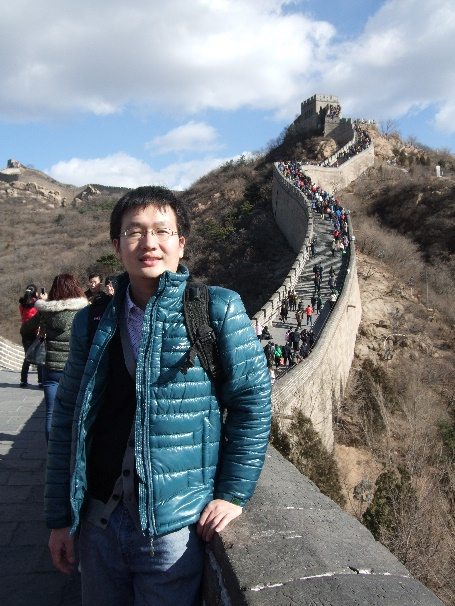
Ruoxiu Xiao



3D Image Fusion Technology-mediated Robot Application Research in Elderly Bone Joint Soft Tissue Diseases
Ruoxiu Xiao, PhD, University of Science and Technology Beijing; Junlai li, MM and Yuanyuan Lu, MD, Chinese PLA General Hospital
At present, there are 250 million elderly patients with bone joint soft tissue diseases in China. For the therapy of patients, drug therapy and joint replacement or arthrodesis are often adopted, while but the satisfaction rate is low. Currently, the interventional treatment of bone joint soft tissue diseases mostly uses empirical positioning or 2D ultrasound positioning, which faces challenges and risks. The proposed 3D Image Fusion Technology-mediated Robot intends to expand the application range of interventional therapy in bone joint diseases though solving the problem of precise positioning of interventional therapy, and main contributions: Achieved 3D reconstruction of the lesion by 3D ultrasound, CT and MRI images, and fused them with real-time 2D ultrasound images, to solve the problem of real-time registration of 2D images and 3D reconstruction; 2) Implemented the mixed-reality technology based on the 3D reconstructed models of ultrasound, CT and the MRI to solve the problem of non-invasive, operable, and visualized 3D real-time accurate positioning; 3) Achieved automated surgical robot path-guided injection technology to solve the problem of relying on doctors for subjective treatment. The proposed real-time multi-modal fusion 3D Image Fusion mediated robot can significantly improve the level of clinical medical care for bone joint soft tissue diseases.